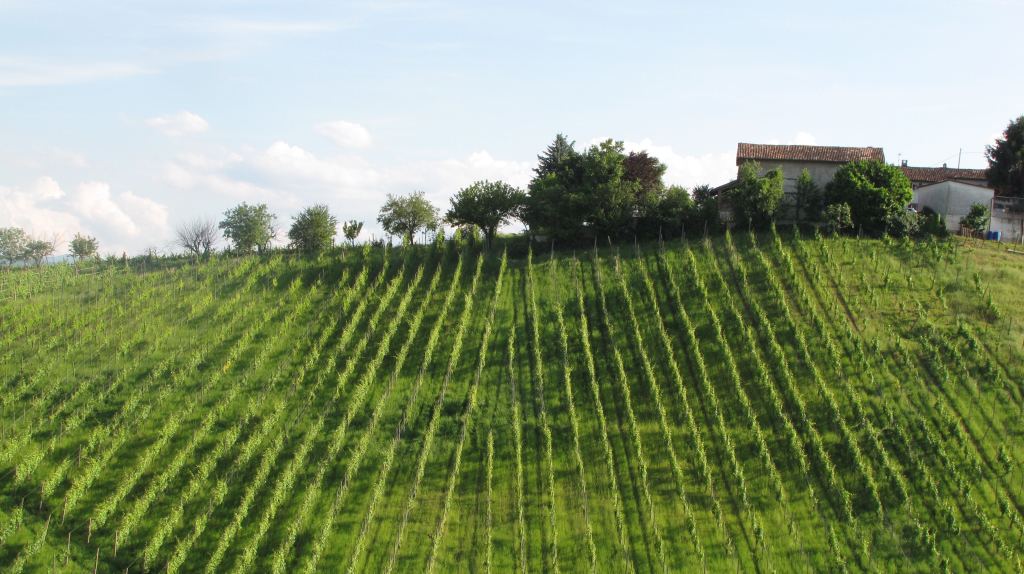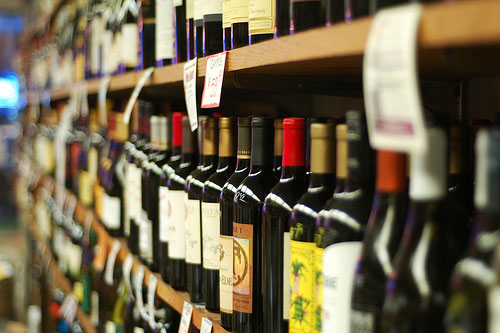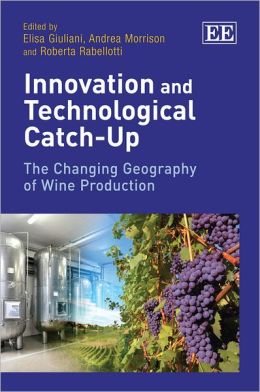Gradual catch up and enduring leadership in the global wine industry
In this article co-authored with Andrea Morrison, we investigate the different catch-up cycles in the global wine sector between 1960 and 2010. Changes in demand opened the first window of opportunity for latecomers, who gradually caught up via path-creating strategies. Incumbents maintained their leadership by aligning their wines to current demand patterns. The entry of China in the wine market can open up a new catch-up cycle.
Here you can download the paper




